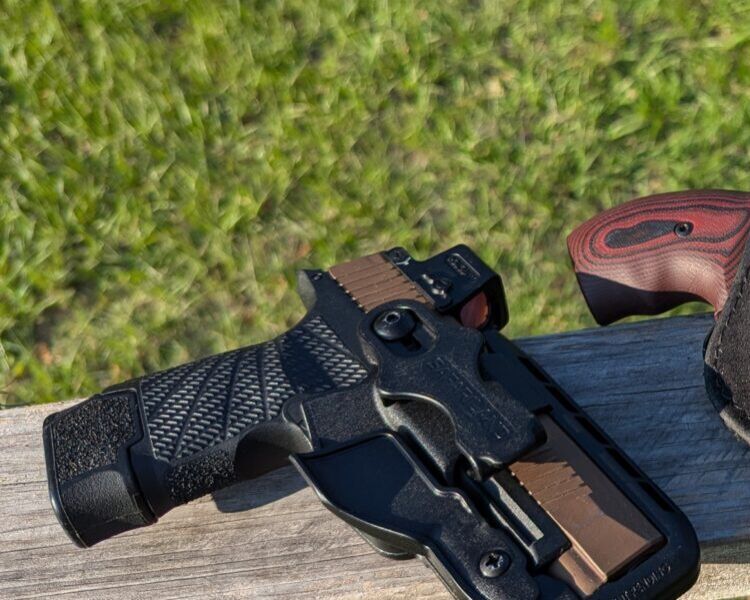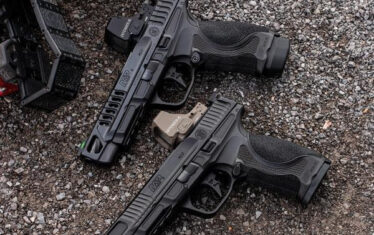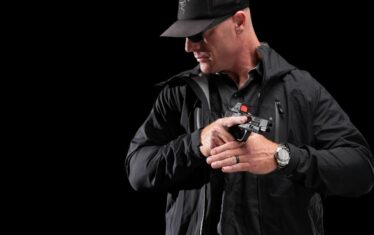Unfortunately, firearms are the subject of a great many myths. These myths percolate, expand, disseminate, and become taken as fact as they move throughout the world like a virus. They also branch out to a great number of related subjects, including holsters.
As the world’s best holster company, allow us to tackle some of these holster myths.
1. You Don’t Need a Holster
Oh boy, this is a big one I’ve seen in the concealed carry world. The claims range from something as simple as, “You don’t need a holster,” to assertions that holsters are a waste of money. Let’s be clear. If you are carrying a handgun on your body, you need to have a holster.
Holsters have massive benefits. First and foremost, there is the safety factor. Holsters protect the trigger, which prevents discharges. There are simply too many opportunities for stuff to sneak into a trigger guard and discharge your weapon.
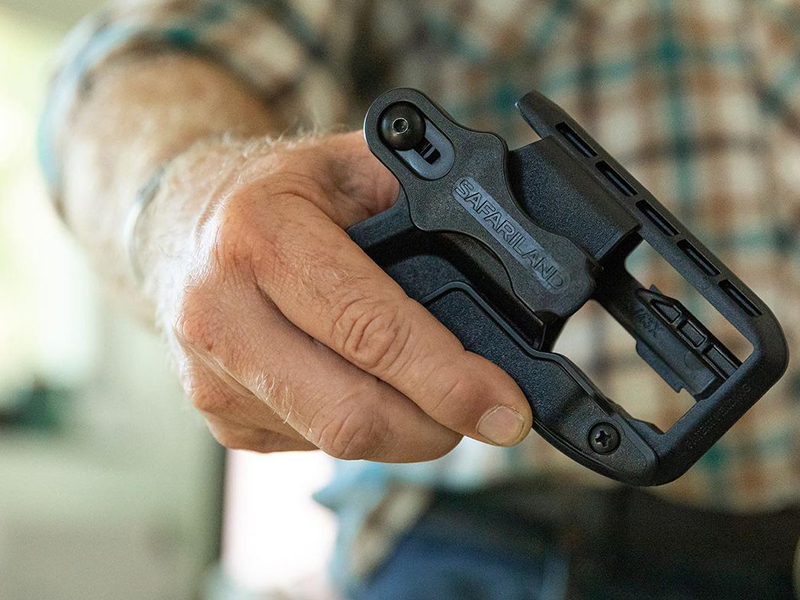
Holsters also protect your gun by providing a stable and consistent position. This ensures the gun is always sitting in the same position on your belt line at the same height for a smooth and consistent draw.
Holsters are 100% necessary for carrying a handgun on your body. This includes pocket holsters, IWB rigs, and beyond. Don’t ever just shove a gun into your waistband or pocket and call it a day. This is one of the most dangerous holster myths.
2. Speed Is The Most Important Factor In A Holster
People love a fast draw. How many of us watched Westerns as kids where two men meet on the town’s single road and have a fast-draw duel? Being able to deploy your weapon quickly and effectively is important, but it’s not the most crucial factor when it comes to a holster.
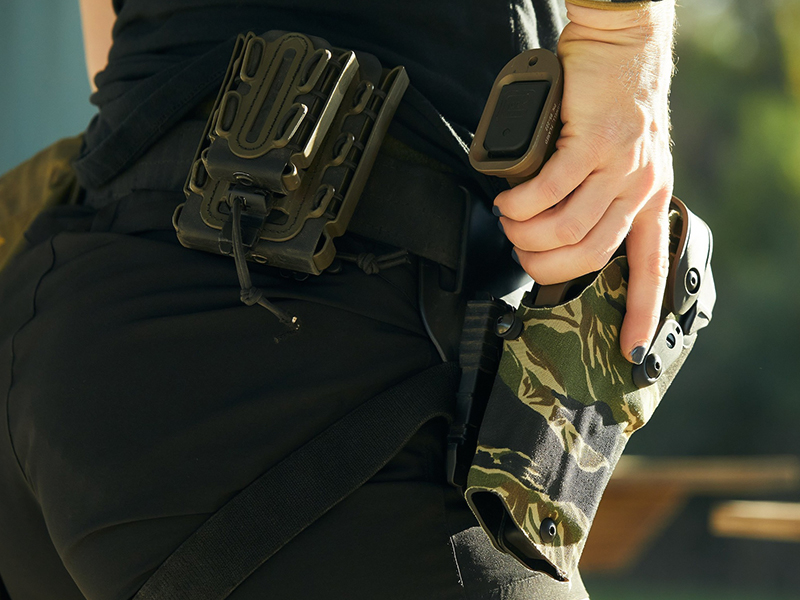
First and foremost, a holster should completely cover and secure the trigger. The gun should fit the holster properly and not be able to move freely inside it. For duty users, factors like retention should also come into play. Police officers must have a positive retention holster to prevent bad guys from taking their guns.
Access and speed should be critical factors when comparing holster choices, but speed shouldn’t be the most important factor. This is one of the most silly holster myths out there.
3. Level 1 Holsters Are Passive Retention
Sadly, retention isn’t a universally agreed-upon concept in the holster industry. This results in varying definitions about retention levels among holster companies, which has led many folks to interpret passive retention as a Level 1 holster. Passive retention means there is no active device, and friction is used to retain the gun.
Don’t get me wrong; passive retention has its purpose and place, primarily amongst concealed carriers. However, it is not a Level 1 holster.
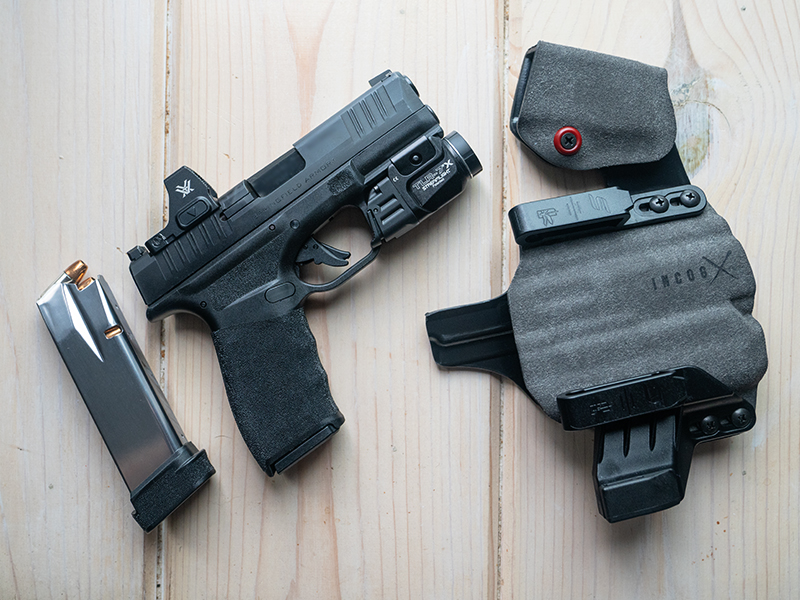
A Level 1 holster features an active retention device. For example, a Safariland Level 1 holster will use an ALS or GLS locking system. These both require a single-hand movement to free the gun.
Each hand movement equates to one level of retention. If you have to defeat one retention device, it’s a Level 1 holster.
4. Appendix Carry Is Dangerous
With the growing popularity of appendix carry holsters, there has been a rise in holster myths about appendix carry. One is that appendix carry is inherently dangerous. The myth states that the holster orients the gun toward your body and is inherently dangerous compared to other holster methods.
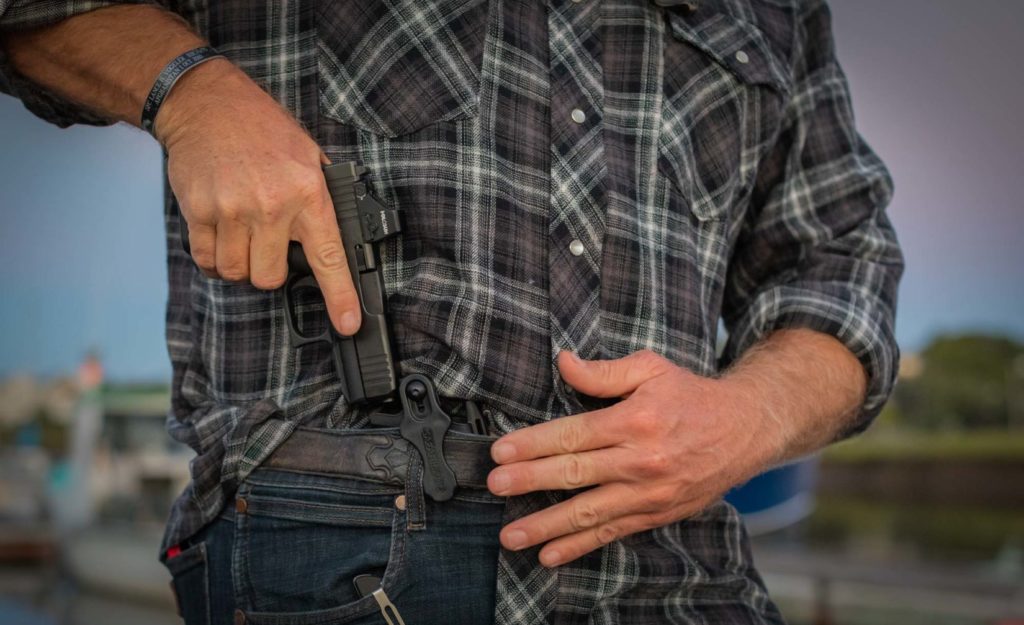
This simply isn’t true. Guns are inherently dangerous, and anything you do with a gun can be inherently dangerous. Appendix carry is no more dangerous than any other method of carrying. With a proper holster, you don’t have to worry about the gun discharging while being carried. The only real factor in holster-based discharges is the human factor.
Any discharge that occurs while holstering with any holster can be dangerous. If you exercise proper reholstering technique, you won’t be in any danger. Look while you reholster, ensure the holster is clear of your shirt, and reholster slowly. That’s all there is to it. Do that every time, and you won’t have any issues.
5. Universal Holsters Suck
Oh boy, I don’t believe this is true across the board anymore, but it is still true in some aspects. Some holster myths have a basis in reality. A lot of loose nylon “universal” holsters really do suck. Not all, but most. It’s not an absolute. There are some exceptions within the realm of universal holsters, more appropriately called multi-fit holsters.

Some, like the Safariland GLS Pro-Fit, don’t compromise safety or security when it comes to fitting multiple guns. They won’t fit every gun, but they can fit hundreds. The key is the ability to make small adjustments to the holster to fit your gun while maintaining proper retention, security, trigger coverage, and quick and easy access.
Most universal or multi-fit holsters should be treated as suspect until proven otherwise. However, it is a myth that all universal holsters suck.
6. Polymer Holsters Don’t Require Maintenance
Don’t think your holster doesn’t need occasional maintenance. Although owning and using polymer holsters is much easier than leather rigs, they aren’t maintenance-free.
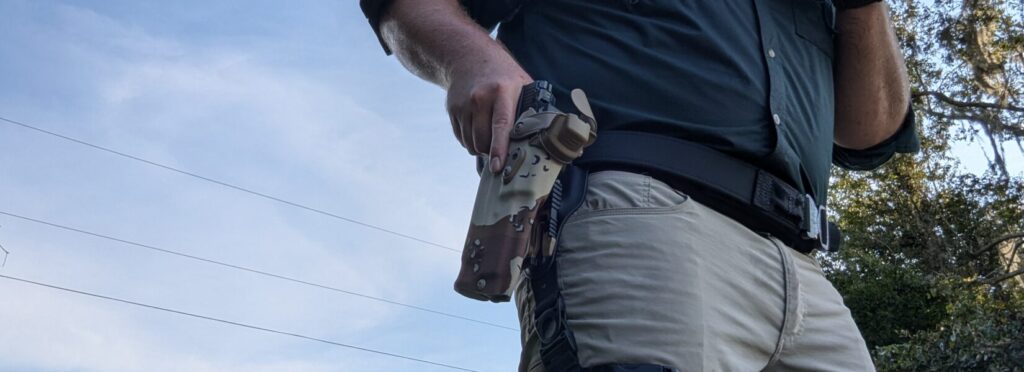
In the days of old, when leather was the holster material of choice, soaps and cleaners were used to keep the holster working, rigid, and safe. Modern holsters made of more durable materials, however, like Kydex, Boltaron, and SafariLaminate are well known for their durability, weather resistance, and general ease of use.
While it’s true they don’t require as much maintenance as leather rigs, you’re doing your holster and self a disservice if you don’t maintain it. Holsters should be regularly inspected for faults and damage. They should be wiped down and dried if they get wet. Screws, attachments, and drop rigs should also be regularly inspected and tightened or replaced.
7. There is a Best Holster
We live in a world where people looking for a good holster will simply search for the best holster for their gun. They’ll be hit with headline after headline declaring one holster or another the best. But there is no “best” holster; that’s a myth.
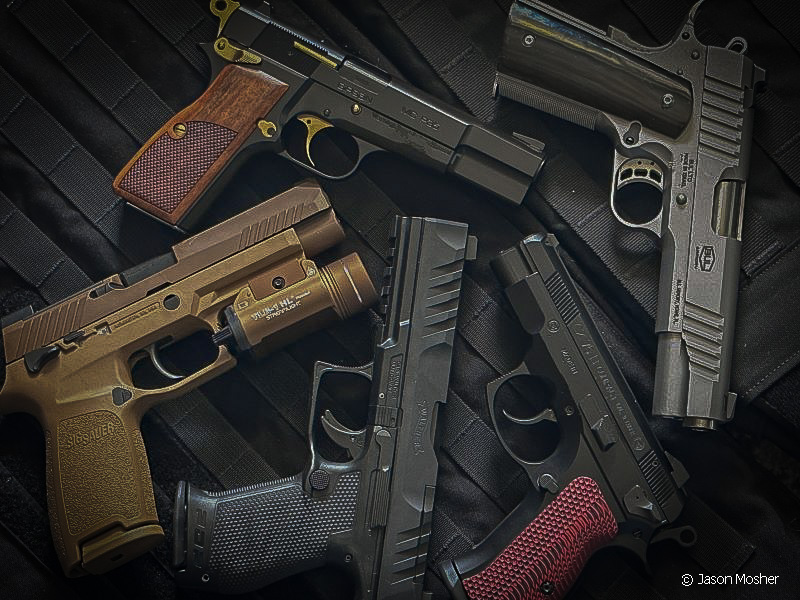
While your search might direct you to a great holster, there might be better options for you. Holsters are purpose-built tools, so there isn’t an overall best option. The best option for you might not be the best option for me. You have to define your needs. Is it for concealment? For duty? Competition?
Each of these tasks has its demands and needs. You’ll have to combine those demands and needs with your own to find the best holster for you.
Myth Busting
Holsters have been around for as long as handguns, and as handguns evolved, holsters followed. Each new generation brings new myths and legends, all waiting to be busted. Hopefully, we debunked a myth or two you’ve heard about holsters and set you on the path to success.





